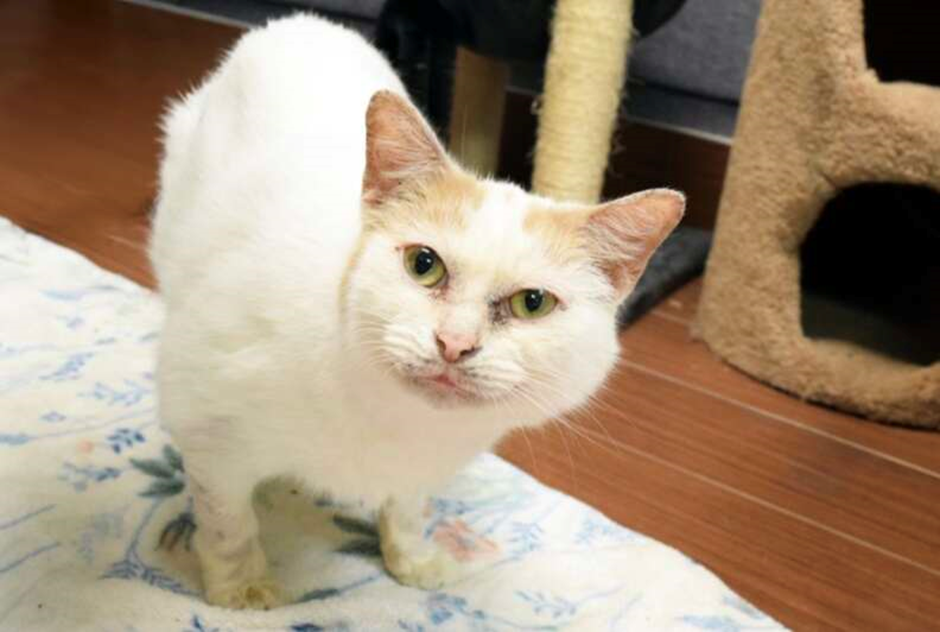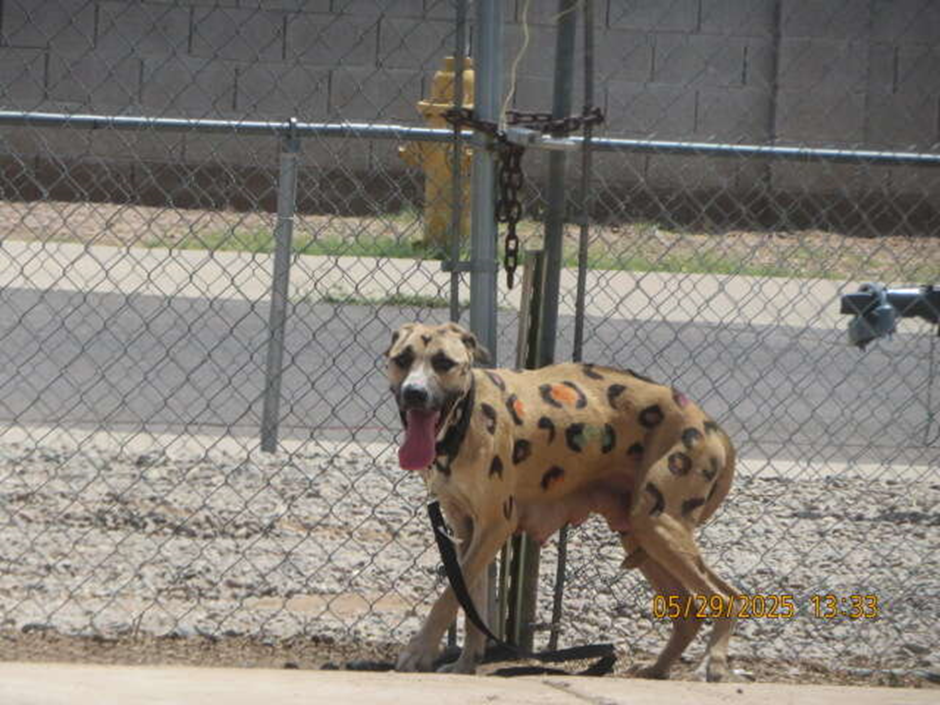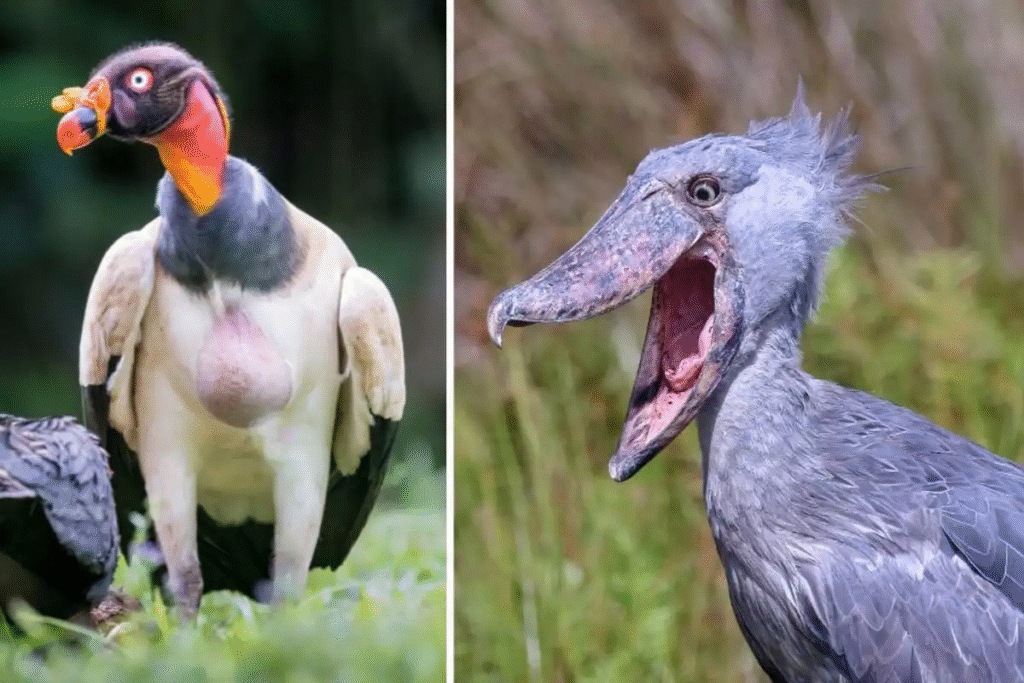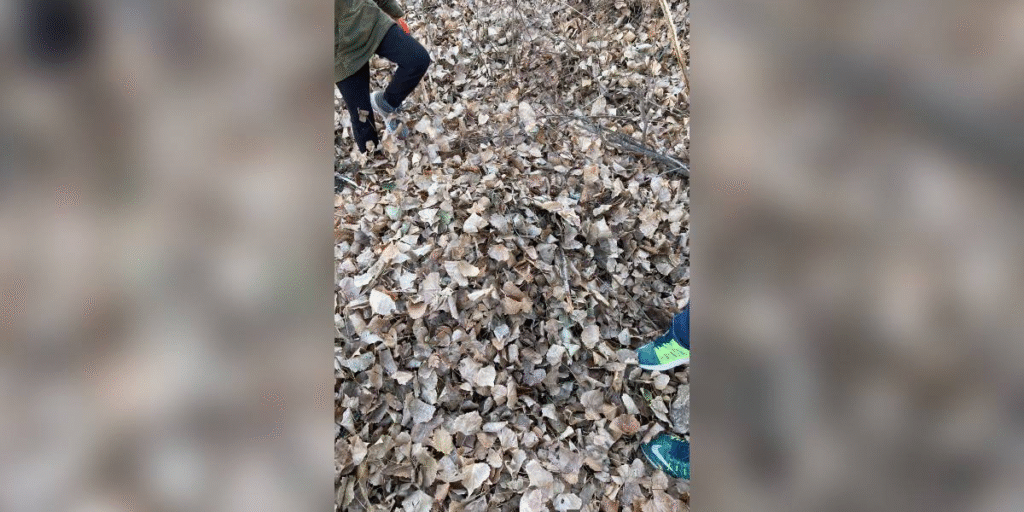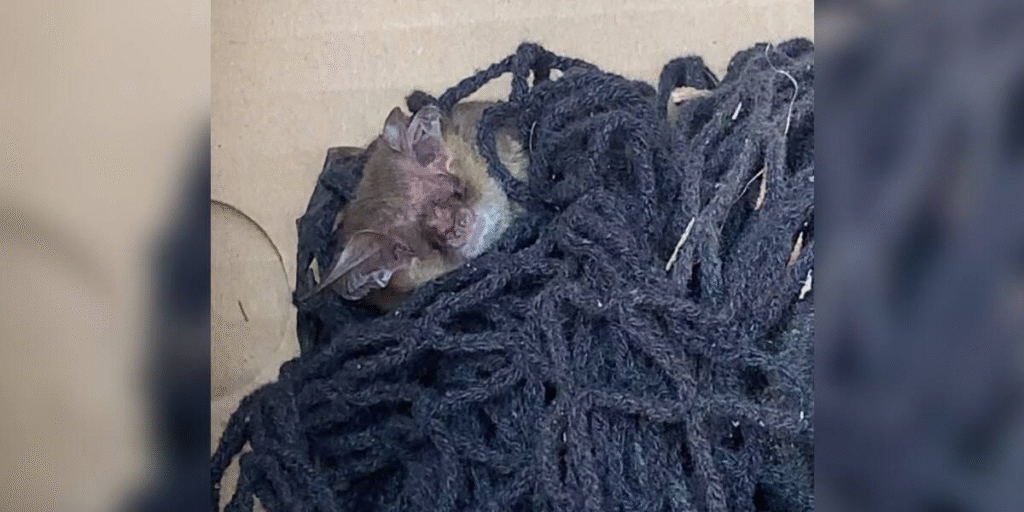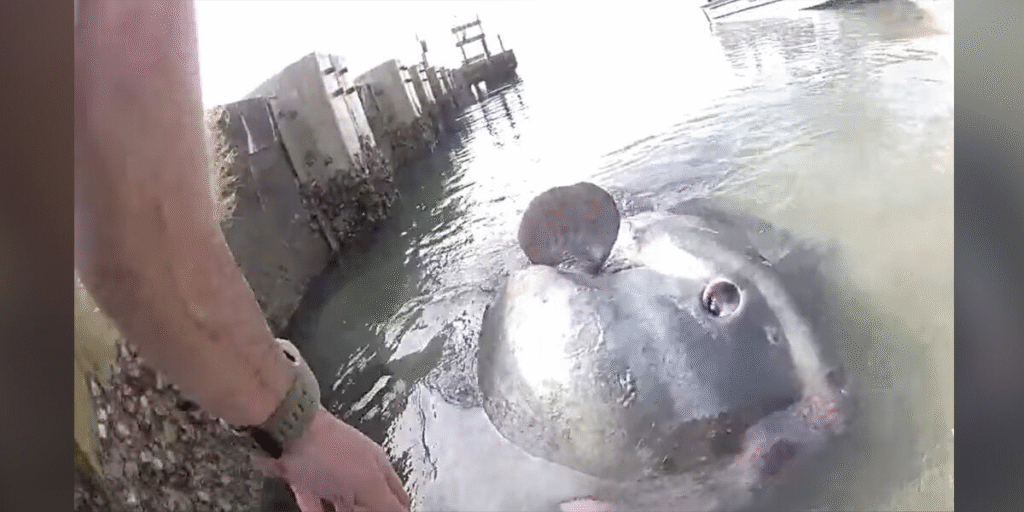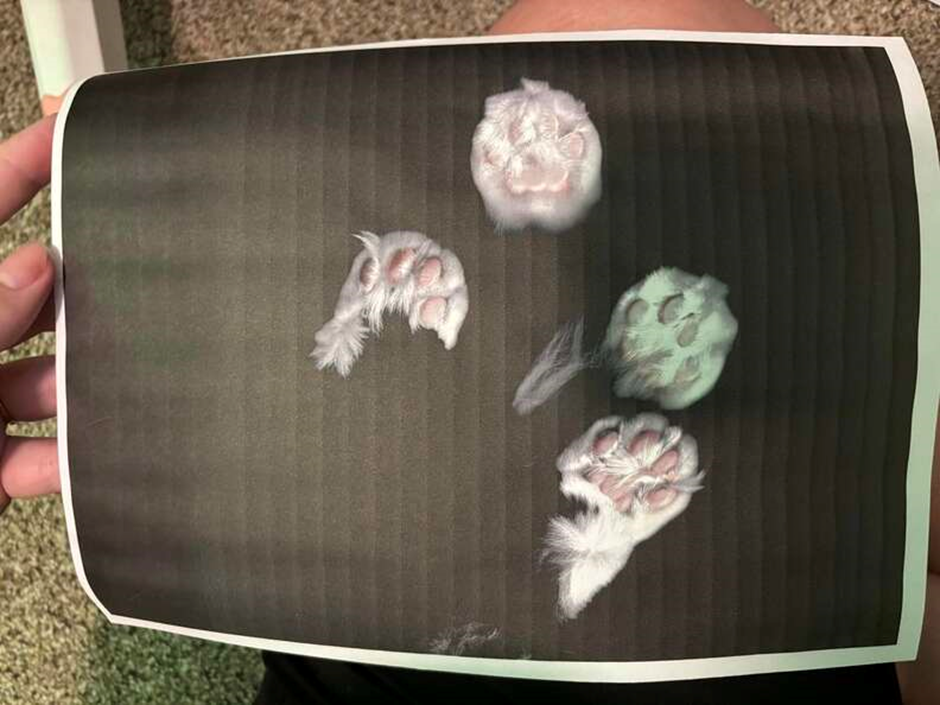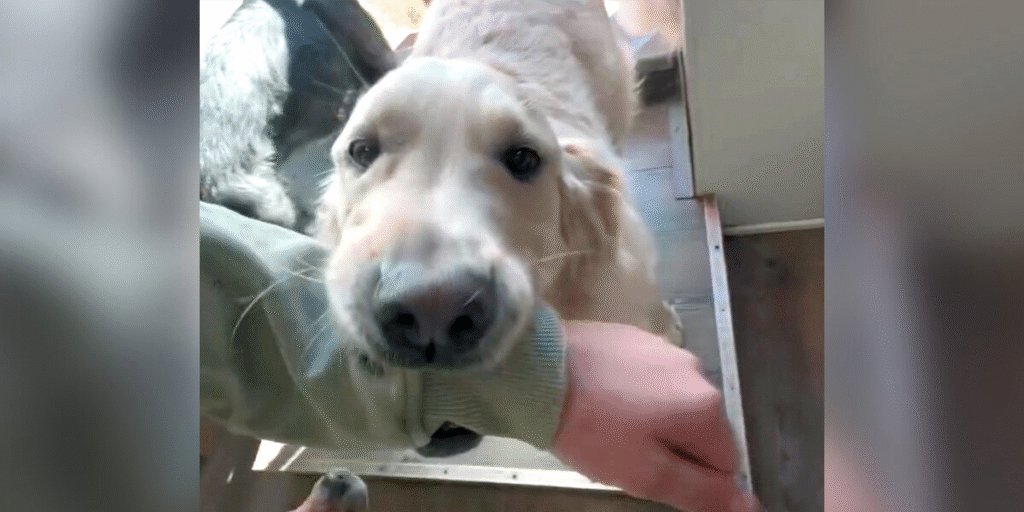Cooper the “Dirty-Looking” Cat Who’s Waiting for Someone to See His True Beauty
At first glance, Cooper may not stand out in the way most shelter cats do. He doesn’t have a sleek, spotless coat or symmetrical markings that make people instantly say “aww.” Instead, Cooper’s fur carries unusual spots on his face that some people mistake for dirt. But to those who know him, this 8-year-old boy is nothing short of extraordinary. Cooper once lived a comfortable life in a loving home, where he spent his days curled up with family members who adored him. Unfortunately, that chapter ended when his family lost their home and had no choice but to surrender him to the Humane Society of Broward County (HSBC). For Cooper, the sudden change was confusing. After years of stability, he found himself in a shelter surrounded by new smells, strange sounds, and unfamiliar faces. But even amid the transition, his gentle, affectionate nature never dimmed. “Cooper is a mellow lap cat who’s known love all his life,” HSBC staff explained in a social media post. “He’s the kind of cat who would rather cuddle than do anything else.” Everyone at the shelter assumed Cooper’s personality would win hearts immediately. Yet days turned into weeks, and weeks into months — and Cooper still waited. Misunderstood Because of His Unique Markings It didn’t take long for shelter volunteers to realize why Cooper wasn’t attracting adopters. Despite being friendly, affectionate, and calm, most visitors seemed to overlook him after one glance. His unusual facial markings — natural patches of color on his white-and-orange fur — were often mistaken for dirt or stains. “People sometimes think he looks messy,” one staff member explained, “but that’s just the way he is. Those markings are his own special design.” The staff made a point to share his story online, gently reminding people that beauty is more than appearances. “He may not be the ‘prettiest’ kitty,” HSBC wrote in one post, “but he doesn’t need a filter to find love. No, he’s not dirty — those are just his markings.” It’s heartbreaking to think that something as superficial as looks could keep such a sweet cat from finding his forever home. The reality is, Cooper is far more than the fur on his face. Behind his markings is a cat who wants nothing more than companionship, affection, and someone to curl up with. A Cat Who Loves Everyone He Meets Those who spend time with Cooper know how special he truly is. He’s the type of cat who immediately seeks out laps and happily stays there for as long as you let him. Whether you’re watching TV, reading a book, or working on your laptop, Cooper will be right by your side, purring away. “He’ll curl up in your lap and stay there for hours,” said one volunteer. “He’s just so content being close to people.” What makes him even more remarkable is his ability to get along with everyone. Cooper doesn’t just tolerate other cats — he enjoys their company. He’s also comfortable around dogs, children, adults, and even seniors. That makes him a perfect fit for almost any home, from a busy household to a quiet retirement space. Recognizing how much he deserves a family, one generous donor has even covered his adoption fee. This means the right person can take him home without any cost — only a commitment to love him unconditionally. The staff often describe him as a “dream companion” because he is low-maintenance, affectionate, and endlessly loyal. And while they adore having him around the shelter, they know deep down that he belongs with a family of his own. Waiting Patiently for His Forever Family Every time another cat gets adopted, Cooper quietly watches from his enclosure. It’s bittersweet for the staff. They cheer for the others, but their hearts ache when Cooper remains behind. They know he has so much love to give — perhaps even more than most — but people continue to pass him by. “It’s heartbreaking to see other animals go home while Cooper waits,” said an HSBC representative. “We know how wonderful he is. He just needs someone to see him for who he really is.” The shelter staff often say they believe the reason Cooper hasn’t been adopted yet is because the perfect home simply hasn’t arrived. His forever family is out there, and when they come along, all of the waiting will make sense. “He’s going to make some lucky family incredibly happy,” the staff said. “We believe he’s still here because the right people haven’t walked through the door yet.” Until then, Cooper continues to greet volunteers with his gentle eyes and soft purrs, never losing hope that one day, someone will pause long enough to notice him — not for what they think he looks like, but for the love he’s ready to give. More Than His Markings Cooper’s story is a reminder of how often animals are judged for their appearance rather than their character. While some adopters gravitate toward kittens or picture-perfect pets, others miss out on cats like Cooper — cats who may not fit the “ideal look” but who more than make up for it with loyalty, affection, and personality. For the Humane Society staff, Cooper embodies why rescue work matters. He doesn’t need to be the most photogenic cat in the shelter. He just needs someone who values love over looks. And when that special family comes along, they won’t just be adopting a cat. They’ll be gaining a best friend who has been waiting patiently for them, ready to spend every day curled up in their arms. Cooper may not be everyone’s first choice — but for the right person, he’ll be the only choice.
Cooper the “Dirty-Looking” Cat Who’s Waiting for Someone to See His True Beauty Read More »

